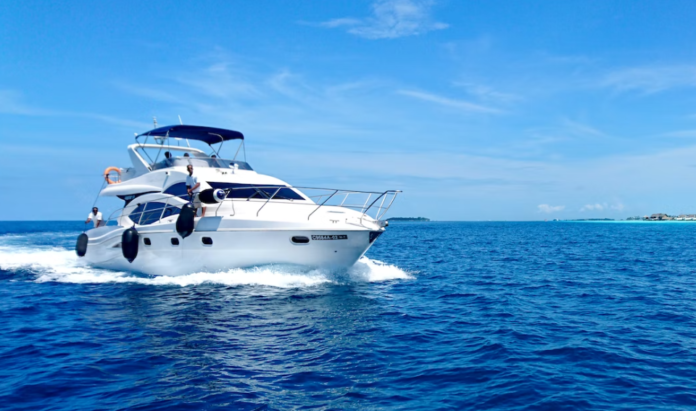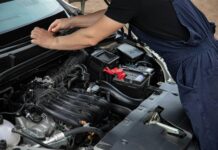Marine engine mounts provide a number of important functions. Like engine mounts for terrestrial vehicles, they must hold the engine in a way that is secure and that reduces the damage of vibration to the rest of the vehicle. However, the marine environment comes with its own challenges that quality engine mounts must address. Here is a look at what engine mounts are, why they are important, and some of the unique design challenges that the marine environment offers. Read on to learn why these systems are different from car or other terrestrial engine mounts.
Engine Mounts
Engine mounts are a system of stabilization supports that allow you to put an engine securely into a vehicle. Engine mounts must limit the amount of vibration that an engine can transfer to the vehicle or risk damage. Engines are often bolted in with the help of these mounts in a way that makes it so that you can keep it still and secure but remove the engine, when necessary, to repair it.
The Importance in Mounting an Engine in a Marine Environment
The most obvious difference between marine and terrestrial engines is the ability to be around and withstand the forces of water. There are some challenges that a marine engine mount must consider in order to be of high quality and long-lasting. These include corrosion, bilges, and limited connection points. It’s important to be aware of these unique situations so that you can care for your marine engine mount as best as you can.
Corrosion
Saltwater is a highly corrosive environment. It not only causes corrosion with humidity but submerging items in saltwater with a current can actually eat away at metal through a process called electrolysis. Dissimilar metals that touch one another are particularly prone to corrosion. A good marine engine mount must be painted or made from metal with a low risk of corrosion. It must consider the locations where it touches an engine directly and the designers must take steps to avoid dissimilar metal corrosion issues.
Bilges and Clearance
Engine compartments in boats are likely to collect water at the bottom as a part of regular operation. Quality engine mounts must be able to resist the corrosive factors of this water and to lift the engines above the typical water line to avoid premature wear.
Limited Connection Points
If you have a fiberglass boat with wooden ribbing, the locations where you can bolt an engine mount to a secure, strong material is limited. It is similar to trying to find anchor points on a wall with studs. Good engine mounts must be able to attach to secure locations and transfer the weight of the engine in a way that does not compromise the integrity of the hull.
Customizability
It is much easier to change from one kind of engine to another in a boat compared to a car. Engine compartments often offer room on some or all sides of the engine in order to allow for regular maintenance from inside the engine compartment. This means that there is traditionally room to switch to a bigger engine or an engine with a different shape or configuration. While this is helpful from the standpoint of switching engines, engine mounts must either be able to accommodate the new attachment system or you must also be able to switch and remount new engine mounts in a location that maintains low vibration and the other issues described in the previous paragraphs. Luckily, working with a pro to find a new solution for marine engine mounts is a great way to ensure that you will be protecting the investments of both your boat and your boat engines.
Marine engine mounts don’t have to be overly complicated. By learning what you can, and being aware of challenges, you’re sure to have a happy boating experience.















